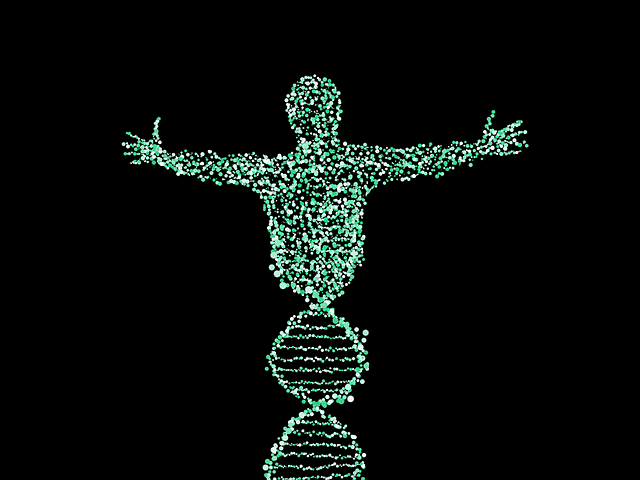
Recombination occurs when, in the offspring, a genetic combination arises that was not present in the parents.
The concept of recombination is used in the field of biology to refer to the phenomenon that occurs when, in the offspring, a genetic combination appears that was not found in the parents.
Recombination implies that a strand of DNA or RNA splits and links to a molecule of genetic material that is different. This means that the descendants have a genetic combination that is different from that of their parents .
This particularity, according to evolutionary biology , provides certain advantages to organisms , allowing them to avoid mutations that are harmful.
Types of recombination
There are different kinds of recombination. General or homologous recombination occurs in meiosis I , more precisely its prophase , and takes place in those DNA sequences that are very similar to each other but are not the same.
Non-homologous recombination , on the other hand, occurs between sequences that do not have a homology relationship .

There are different types of recombination.
Some features of this class
Specifically, we can determine that this type of non-homologous recombination is not exactly common in yeasts and even less so in prokaryotes. On the contrary, they are more likely to appear in mammalian cells.
Regarding this same non-homologous, it is worth knowing other information of interest such as these:
-It is also called non-homologous end joining.
-It is identified with the acronym NHEJ.
-Its term is considered to have been coined in the 1990s, specifically in 1996, by Moore and Haber.
-It is considered to be present and preserved in each and every one of the kingdoms of life, although, as we have clarified before, in some it is rare and unusual for it to appear.
-It is established that when it arises through a form that is not appropriate, it can lead to the presence of traces of cancer cells in other situations that are equally serious and require special attention.
Site-specific recombination , on the other hand, is produced by a breakage of specific homology sectors of a pair of different DNA sequences or that are part of the same molecule .
Recombination frequency and recombination node
The notion of recombination also appears in other issues linked to biology. The recombination frequency , in this sense, is an indicator that reveals the distance between two loci (that is, between two positions on a chromosome).
A recombination node , likewise, is the site where crossing over of homologous chromosomes takes place. These nodes are included in the synaptonemal complexes.
The rearrangement
In the same way, we cannot ignore the existence of what is known as somatic recombination or rearrangement. Under this name there is a mechanism that takes place within the group of type B lymphocytes, specifically what has to do with their development.
This procedure allows the so-called gene segments to be shaped, which can be related in an endless number of different ways and all this variety is what is called combinatorial diversity.
